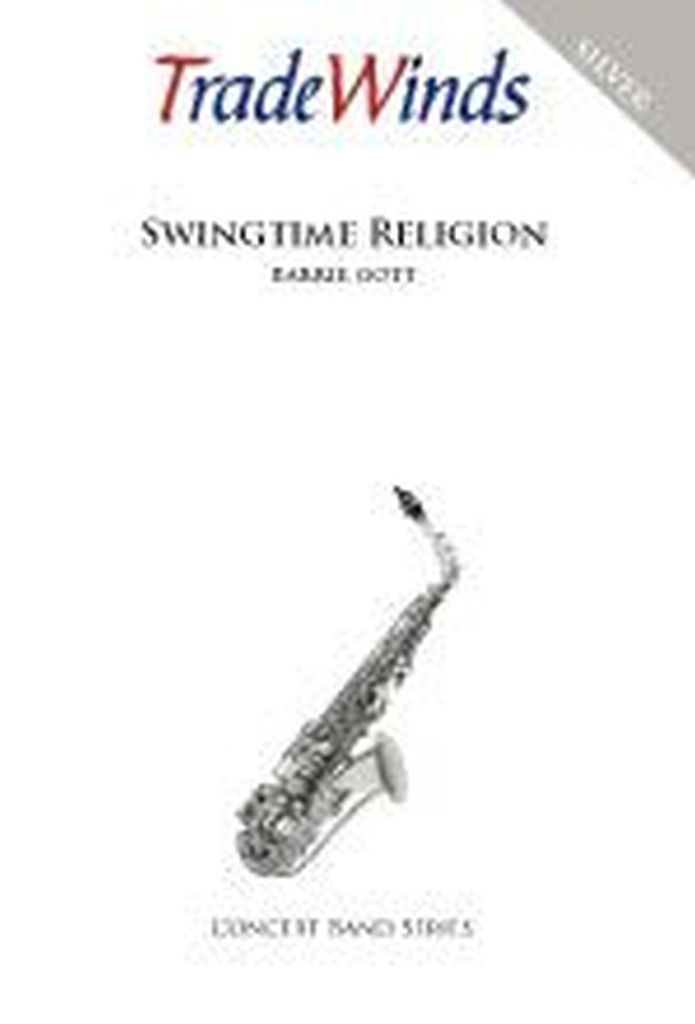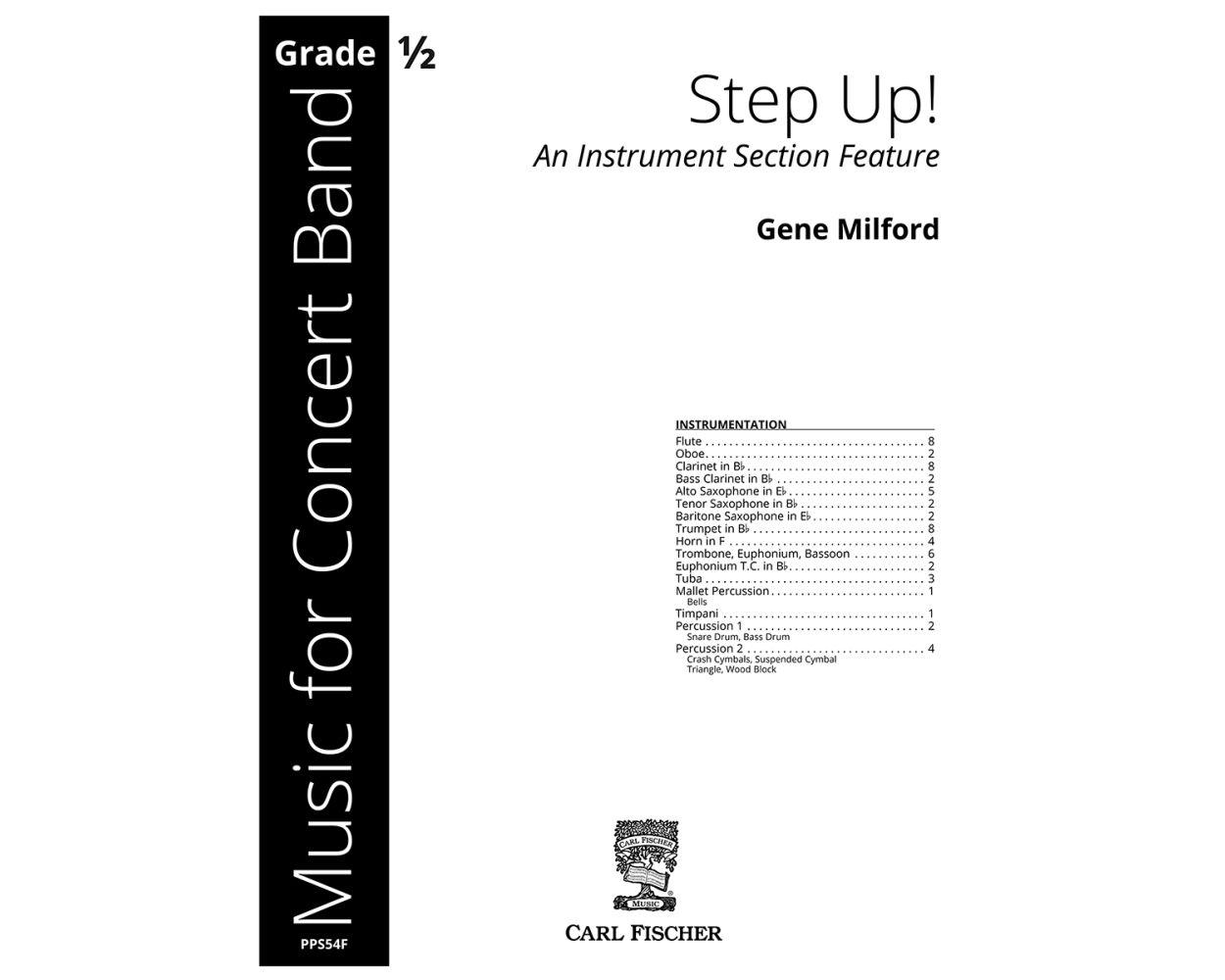Results
-
 £54.95
£54.95Swingtime Religion
An exciting arrangement, in big-band style, based on the gospel song, 'Give me that old time religion' and an original melody.
Estimated dispatch 7-14 working days
-
 £38.00
£38.006-Note Folk Song Suite
6-Note Folk Song Suite is intended for a young band with at least six weeks training. The suite is comprised of four familiar melodies:Mary Had a Little Lamb, Go Tell Aunt Rhody, Hot Cross Buns, and When the Saints Go Marching In. Every instrument is showcased with an opportunity to play the melody. Using only 6 notes of the B-flat scale, each tune can be performed as an independent melody, without repeats if needed.
Estimated dispatch 12-14 working days
-
 £61.00
£61.00Messages of Christmas - Traditional
The Christmas season means different things to people around the world. For many, it presents an opportunity to express peace and goodwill towards others in various ways. The lyrics of the three melodies used in this arrangement are all specifically written to spread the messages of Christmas: Hark! The Herald Angels Sing, The First Noel, and Go Tell It On the Mountain.An uplifting holiday concert selection that expresses hope and peace.
Estimated dispatch 12-14 working days
-
 £42.00
£42.00Battlestar
Battlestar is an energetic musical composition that vividly portrays a space battle. The dynamic contrasts and minimal articulations create an immersive experience for the audience. The sudden shifts in pace serve to propel the energy of the music, leaving a lasting impression of exhilaration and awe.
Estimated dispatch 12-14 working days
-
 £44.00
£44.00Cove
An exciting young band piece that features interesting rhythms and percussion writing. Students get to work on eighth note interpretation and counting skills in a contemporary setting while also developing balance and rhythmic accuracy. An expansive percussion section uses a wide variety of instruments to establish a solid base upon which to build fundamental ensemble musical skills. Program this to achieve great success with your band!
Estimated dispatch 12-14 working days
-
 £44.00
£44.00Call of the Ancient Clans
This piece takes players back to ancient times, when neighboring tribes would communicate by way of rhythm instruments. With an interesting, pulsating rhythm and catchy woodwind lines, the engaging music gives students the opportunity to create fun musical moments. Notes generally fall within the first year range, but also provide a good challenge with first clarinets going over the break a few times. Dynamic contrasts, interesting percussion parts, and many exciting moments offer an exciting concert finale.
Estimated dispatch 12-14 working days
-
 £40.00
£40.00Starliner
Inspired by NASA's Starliner, this composition offers players interesting, yet easy, melodic material and countermelodies that will let your students work on phrasing and balance while still having fun. Short percussion solos and an emphasis on developing low brass and woodwinds make this an excellent concert opener or contest selection
Estimated dispatch 12-14 working days
-
 £38.00
£38.00Step Up!
This band section feature for beginning students, using only simple rhythms and the first six notes learned, is an excellent showcase for every instrument in the band. Use it to recruit, for assemblies, and first concerts. An excellent concert opener!
Estimated dispatch 12-14 working days
-
 £68.00
£68.00The Quest
Taking the listener on an epic musical journey, this modern composition with strong melodic lines, expanded percussion opportunities, and moments of musical reflection will challenge and develop your Grade 3 band's expressive and technical abilities. Featuring several tempo changes, this is an excellent festival or contest programming choice that also works as a concert opener or closer.
Estimated dispatch 12-14 working days
-
 £49.00
£49.00Monument Valley
An evocative tribute to its namesake, a region of the Colorado Plateau featuring vast sandstone buttes reaching hundreds of feet above the valley floor, this concert opener is full of educational opportunities. Meter changes, independent lines, varied dynamics and articulations combined with tempo changes make this an exciting and interesting concert or festival selection.
Estimated dispatch 12-14 working days
